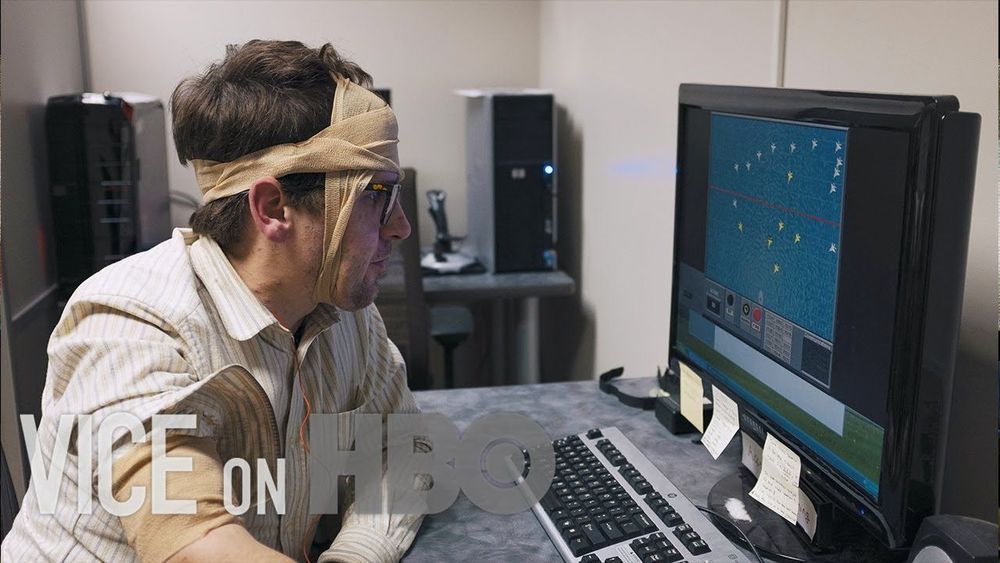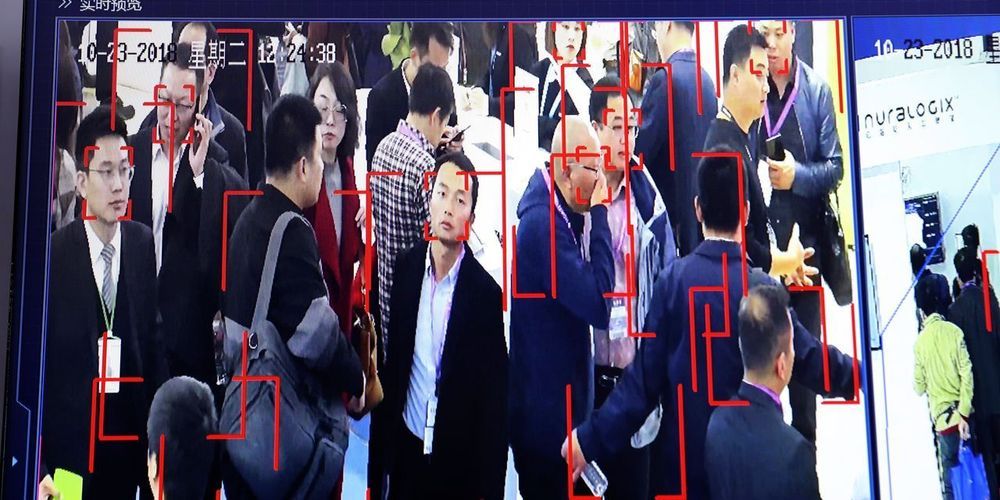Jan 18, 2020
Turkish Hackers Conduct Multiple Cyber-Attacks on Greek State Websites
Posted by Quinn Sena in categories: cybercrime/malcode, finance, government

Several Greek government websites fell prey to cyber-attacks on Friday evening, forcing some of them to shut down entirely for security reasons, after access to them became problematic.
Among those attacked by hackers were the websites of the Greek Parliament, the Foreign Affairs Ministry, the Athens Stock Exchange, the National Intelligence Service (EYP) and the Finance Ministry.
A Turkish group named” Phoenix’s Helmets” (Anka Neferler Tim) posted a post on Facebook claiming responsibility for the attacks, in order to respond, as they said, to Athens’ threats against Turkey.
















